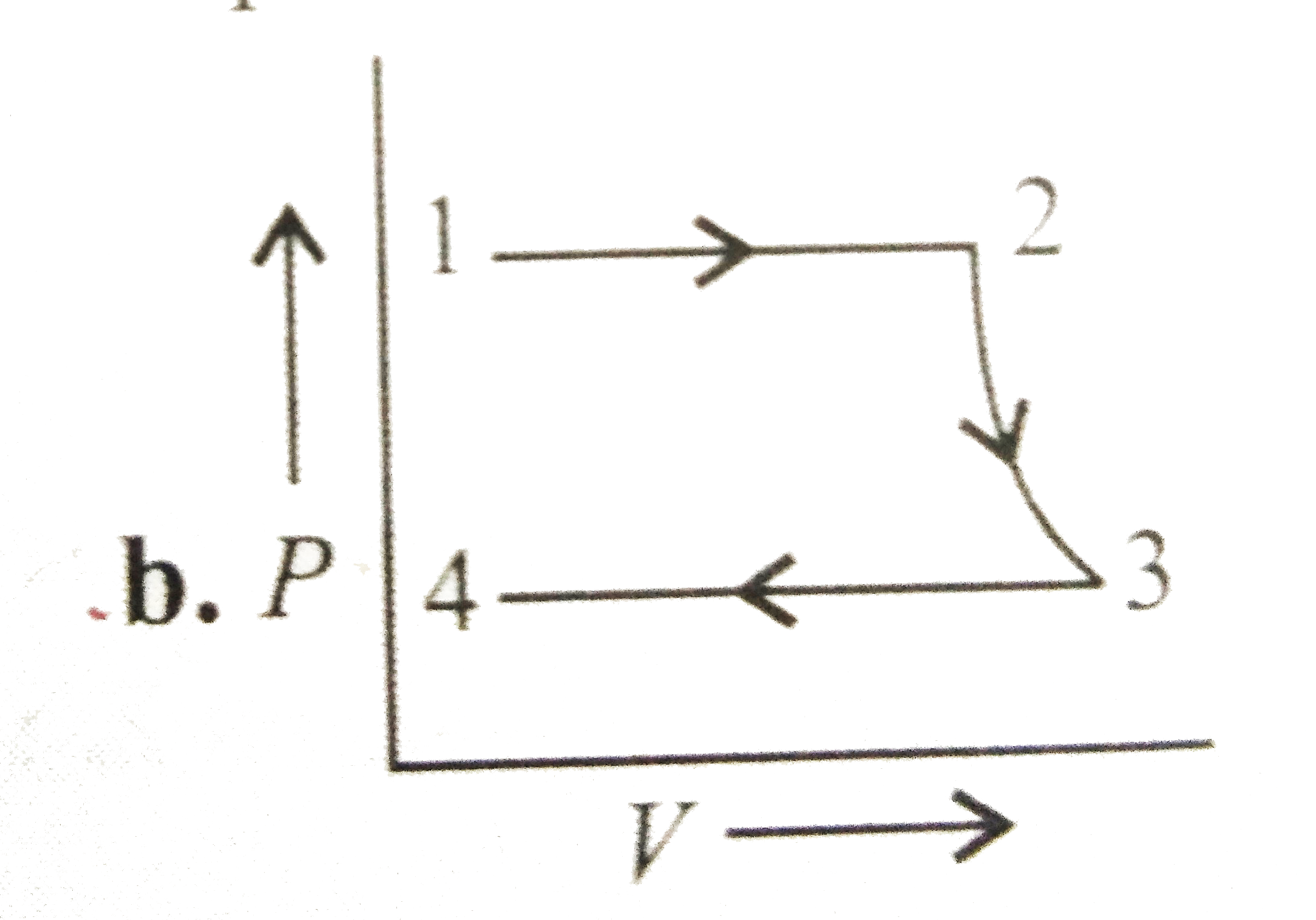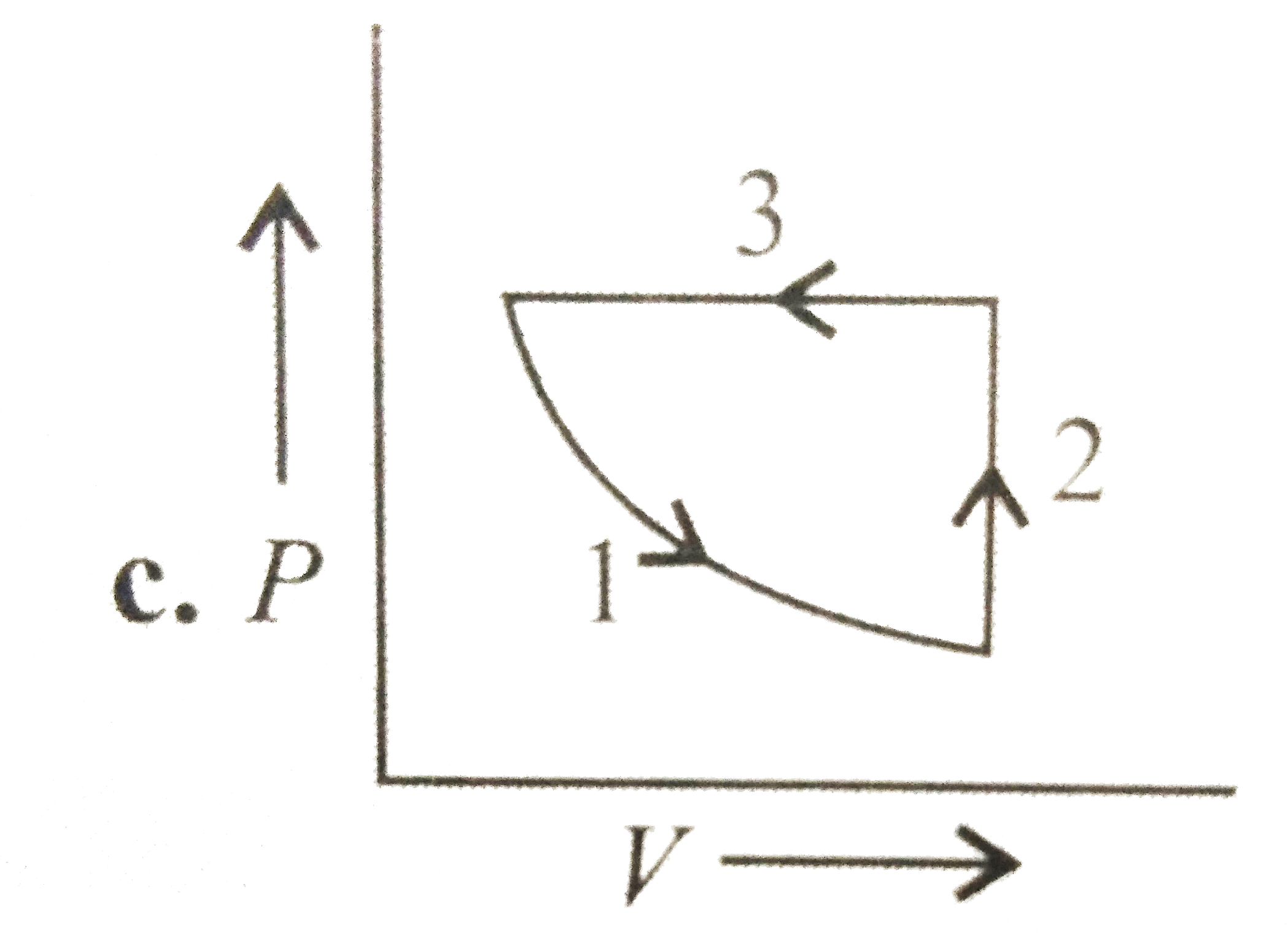An ideal gas undergoes isothermal expansion followed by heat removel at constant volume and they by heat removal at constant pressure to the initial volume. The correct descripion of these steps is indicated by




Step by step video & image solution for An ideal gas undergoes isothermal expansion followed by heat removel at constant volume and they by heat removal at constant pressure to the initial volume. The correct descripion of these steps is indicated by by Chemistry experts to help you in doubts & scoring excellent marks in Class 11 exams.
Updated on:21/07/2023Topper's Solved these Questions
- THERMODYNAMICSBOOK - CENGAGE CHEMISTRYCHAPTER - THERMODYNAMICSEXERCISE - Ex 6.3
27 Videos
- THERMODYNAMICSBOOK - CENGAGE CHEMISTRYCHAPTER - THERMODYNAMICSEXERCISE - Ex 6.4
16 Videos
- THERMODYNAMICSBOOK - CENGAGE CHEMISTRYCHAPTER - THERMODYNAMICSEXERCISE - Ex 6.1
26 Videos
- STOICHIOMETRYBOOK - CENGAGE CHEMISTRYCHAPTER - STOICHIOMETRYEXERCISE - Archives Subjective
33 Videos
Similar Questions
Knowledge Check
If an ideal gas is heated at constant pressure :
Athe volume increasesBthe mass of gas remains sameCthe kinetic energy of the molecules increasesDattraction forces between gas particles increasesAn ideal gas undergoes isothermal expansion at constant pressure . During the process.
AEnthalpy remains constant but entropy increasesBEnthalpy decreases but entropy increasesCEnthalpy increases but entropy decreasesDBoth enthalpy and entropy remain constantThe heat of reaction at constant volume (ΔE) and that at constant pressure (ΔH) are related as
AΔE=ΔH+ΔnRTBΔH=ΔE−ΔnRTCΔH=ΔE+ΔnRTDΔH=ΔE+nRT
For an ideal gas, the heat of reaction at constant pressure and constant volumee are related as
View SolutionHeat supplied to an ideal gas sample at constant Pressure :
View SolutionThe ratio of the molar heat capacities of a diatomic gas at constant pressure to that at constant volume is
View SolutionAn ideal gas having molar specific heat capaicty at constatnt volume is 32R, the molar specific heat capacities at constant pressure is
View SolutionFor an ideal gas, the heat capacity at constant pressure is larger than that at constant volume because
View Solution
